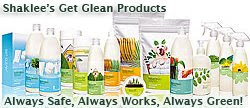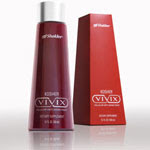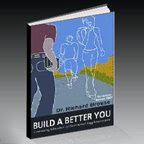I grew up with
Tupperware in my home as a child. I loved it since it did not break when I threw it at my little sister! Perfect. But today we have so many more plastic options in our kitchens: deli containers, plastic wraps, water bottles, microwave containers from pre-packaged foods, and so on.
Plastic is a product that has helped our lives in positive ways.

Plastics are in our medical environments, our cars, homes, offices, printers, phones, cell phones, computers, credit cards, airplanes and more. Without plastic, so many of our common everyday experiences would not be possible.
However, plastic also has some qualities that makes it unfit for human consumption! Research is showing that we ingest parts of the plastics when we re-heat and reuse plastic containers. While some are ok, some are not. But how can we tell? There are labels on the bottom of containers that will tell you what the code is for this product and then you have to translate. Turn over the container, look at the number on the bottom and then you will know whether to keep that container in the kitchen or in the workshop. Most Tupperware is made of plastics that are safe to reuse and store food according to a recent article in
Popular Science.
Here is the list of current options:
#1 Polyethyelene terephthalate (PETE)
#2 High-density polyethylene (HDPE)
#3 Vinyl, polyvinyl chloride (PVC)
#4 Low -density polyethylene (LDPE)
#5 Polypropylene (PP)
#6 Polystyrene (PS)
#7 Other (includes polycarbonate, acrylic, polylactic acid, fiberglass) Use these to help you know which are easy to recycle and which are here forever!
Avoid the #3 and #7 plastics since they are just bad for you!
#3 is PVC and shows up in some plastic wraps since it helps improve the function of the warp. PVCs have the potential to cause cancer and other health problems according to researchers.
#7 plastics contain polycarbonate and those contain
bisphenol A (BPA). There have been many reports on BPA in water bottles and baby bottles. This plastic compound has hormone leaching properties that can cause problems such as early puberty in young girls. (Laurine Brown Ph.D. in nutrition from Tufts University)
How to stay safe:
*Use waxed paper or butcher paper to wrap foods.
*Bring out the glass and ceramic containers for storage.
*Keep Plastic wrap from touching hot food since the plastic can migrate into the food and then into us!
*Don’t microwave plastics. Even though they say “microwave safe” that only means that the container will not melt or warp when heated. It can possibly still leach into the food & then us!
So appreciate plastic for making our lives easier and lighter! But avoid eating it and leaving it in our landfills for eternity! Think and read the #'s.
 cate the extent of potential exposure,” said Dr. Urvashi Rangan, director of technical policy at Consumers Union, nonprofit publisher of Consumer Reports, in a release. “Children eating multiple servings per day of canned foods with BPA levels comparable to the ones we found in some tested products could get a dose of BPA near levels that have caused adverse effects in several animal studies.”
cate the extent of potential exposure,” said Dr. Urvashi Rangan, director of technical policy at Consumers Union, nonprofit publisher of Consumer Reports, in a release. “Children eating multiple servings per day of canned foods with BPA levels comparable to the ones we found in some tested products could get a dose of BPA near levels that have caused adverse effects in several animal studies.”

















.jpg)













